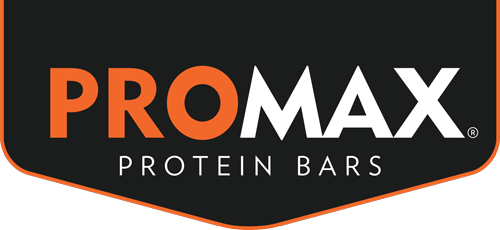Deprivation diets just don't work. Sure, on the first day you're all gung-ho to eat plain chicken breasts with brown rice. But as the days go on, you start to crave a cupcake. A Big Mac. A Twinkie. A couple beers after work. “I've been good for a week,” you think. “I can have a cheat meal.” But if you're like, oh, anyone else, your cheat meal will probably turn into a cheat day, cheat weekend, a black hole where you feel like you've “ruined” your day with bad foods and might as well keep going. Strict diets aren't sustainable.
Enter flexible dieting. Also known as If It Fits Your Macros (IIFYM), flexible dieting is a way of tracking macronutrients (protein, carbohydrates, and fat) to achieve your ideal body goals. According to flexible dieting, there are no such things as “bad” foods, just worse macro ratios. Here's how it works. One gram of each macro has a calorie value. A good rule of thumb is to eat one gram of protein per pound of your body weight, .4 grams of fat per pound of body weight, and 1.1 grams of carbohydrates per pound of body weight. Tracking this way means you can influence body composition rather than just aiming to lose or gain.
How to Start Flexible Dieting Starting a flexible diet is one of the easiest nutritional systems out there. Forget no carb this, caveman that and just aim for the 80/20 rule: 80 percent of your meals should be made with whole ingredients; 20 percent can be anything you want.
- Calculate your macros. There's a great calculator here.
- Track your macros using a food registry like MyFitnessPal, which has the largest nutritional database in the world.
- Buy a food scale so you know exactly what you're consuming, and log diligently.
IIFYM is effective. The best diet is the one you can stick to. As shown by the Twinkie Diet, the quantity of calories you eat are more important than the “quality” of the foods you eat. No matter how clean you eat, if you're having too much, you will not lose any weight. Tracking gives you a sense of control over your diet and body, rather than causing you to restrict.
Flexible dieting is just that—flexible. It sounds too good to be true, but when you use this nutritional system, you really can have your cake and eat it too. This leads to less food-related anxiety and sets you up for long-term success, rather than a short-term solution. The fitness journey shouldn't be about losing weight, but about maintaining it—when you're eating everything you usually would in moderation, you don't have to reincorporate foods into your diet and then deal with the inevitable weight gain that comes with it. Social events are less awkward when you use a flexible diet, too. The flexible approach leads to less food-related anxiety, reduces the likelihood of developing an eating disorder, and sets you up for long-term success. You won't be tempted to binge on “bad” foods if you have them in moderation.
Fiber and Flexible Dieting Fiber isn't absorbed by your body; unlike other food components, it passes intact through your stomach, small intestine, colon, and out of your body. Fiber keeps you full longer, keeps your body movements regular, and reduces cholesterol. Foods high in fiber are usually dense with other micronutrients, too. You should aim to eat 14 g of fiber per 1000 calories eaten. There are two kinds of fiber: Soluble fiber dissolves when it makes contact with water. It helps the waste move through your body. Examples are fruits, lentils, vegetables, potatoes, and oats. Insoluble fiber doesn't dissolve or change form. This includes bran, brown rice, whole grain cereal, nuts, and seeds.
For more information about Promax, check out our product page or our blog.
Sources:
https://healthyeater.com/flexible-dieting
https://healthyeater.com/flexible-dieting-fiber-amount http://www.artofmanliness.com/2014/08/21/eat-man-food-and-lose-weight-a-primer-on-flexible-dieting/
